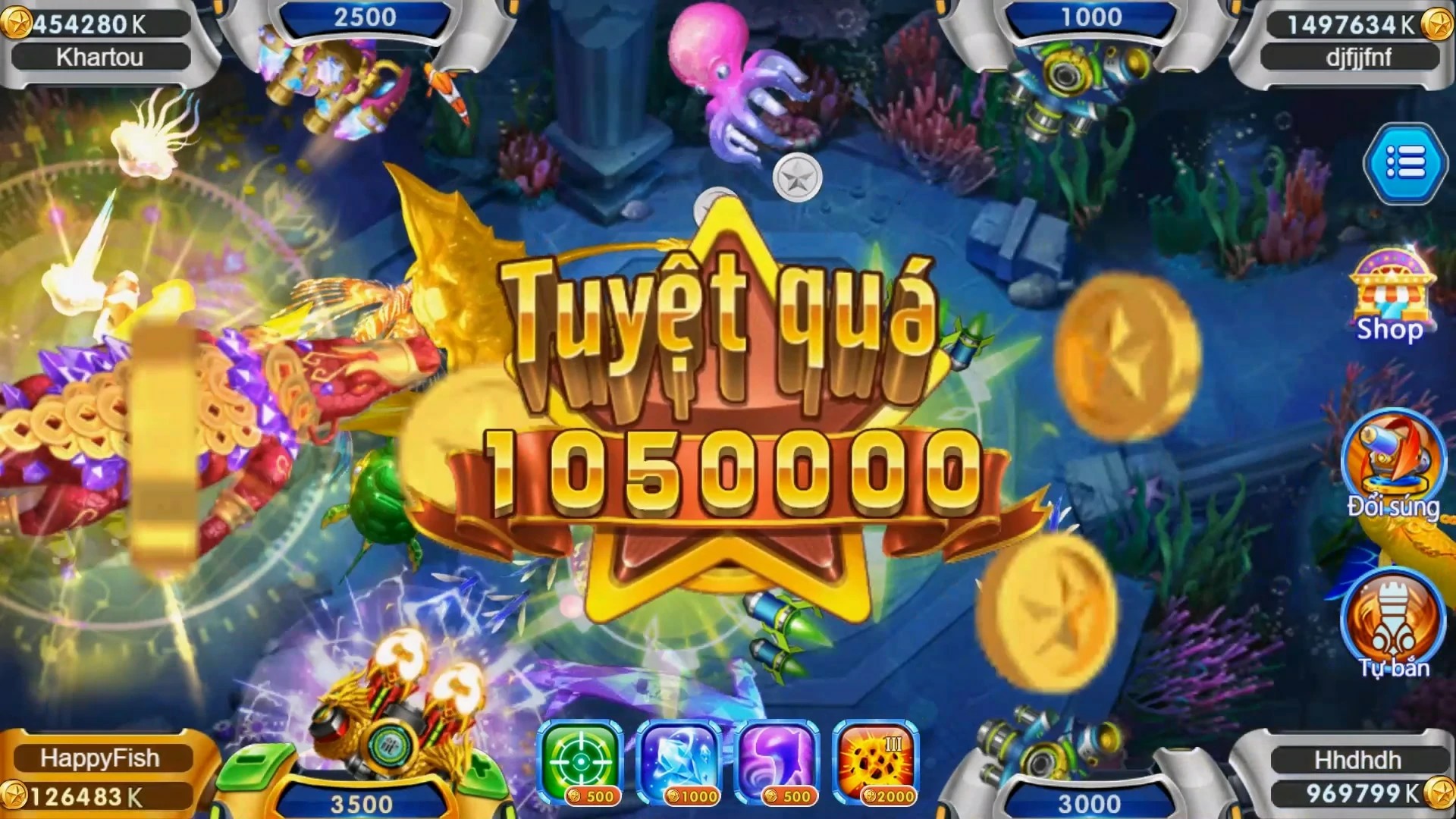Unlocking Minds: The Rise of Imagination-Driven Play
If digital saturation dominates Cambodia's youth culture, the power of hands-on creativity is gaining unexpected momentum. Local educators report that 73% of Phnom Penh parents now actively seek offline enrichment activities as a counterbalance to screen-based entertainment. This surge isn't random; brain-development toys and interactive workshops are sprouting in districts like Daun Penh at a staggering annual rate exceeding 40%. Beyond just being physical experiences, this revival reflects society's desire for deeper intellectual stimulation—a need traditional games struggle to meet.
| Market Growth | Cambodia 2024 | Projected Trends |
|---|---|---|
| K-12 Creativity Workshops | Rise of 15 new studios | +55% enrollment anticipated by late-2025 |
| Creative Toy Market Share | Surpassed $9 million | Doubled in last two years |
| School Integration Rates | Inclusive learning tools in top-tier campuses | 68% planning mandatory programs post-ASEAN benchmarks |
Yet the landscape reveals intriguing contradictions. ASMR-inspired play—though primarily audiovisual—is experiencing strange crossovers into tactile territories. Young Cambodians blend storytelling elements through self-made sensory narratives: textured puzzle pieces that mimic sound patterns or wooden blocks with whispering crevices producing low-res sonic echoes during stacking sequences. This fusion creates what experts are labeling “kinaesthetic listening zones" within creative sessions—an evolution from basic imagination builders toward multimodal cognitive gymnastics.
Building Blocks or Mind Frameworks?
- Logical scaffolding: Physical structures demand sequential reasoning without explicit instructions
- Spatial dialect training: How three objects interact forms implicit physics vocabulary
- Lateral adaptation: Broken rules become new systems – losing sparks innovation
- Territory claiming as strategy: Ownership mechanics teaches resource allocation subconsciously
- Cultural myth integration as emergent storytelling – dragons & heroes get mathematical undercurrents when reimagined by children
This phenomenon challenges conventional education theory by merging emotional engagement with computational thought pathways. Unlike traditional memorization drills, these hybrid games activate prefrontal regions while preserving child-like curiosity levels comparable to unstructured rural village play. Neurological studies show sustained 3–5 point IQ increases among participating kids, yet formal testing remains limited across provincial settings.
---The Delta Force Analogy: Strategic Team-Based Creativity Models
Consider special forces tactics applied inside playground environments. Like military units balancing spontaneity with mission execution, successful teams require specific ingredients beyond mere enthusiasm:
Objective Structure (Simplified Mission Parameters):
However, implementation varies drastically. In Battambang’s public schools, teachers utilize repurposed materials—coconut shells and bamboo strips—forming surprisingly effective scenario kits rivaling imported equivalents cost-wise but culturally richer. Meanwhile private institutions invest aggressively, adopting German-manufactured open-system construction boxes complete with sensory feedback devices mimicking vibration triggers akin to professional gear prototypes still circulating defense circles. Whether homebrew or corporate-produced, key effectiveness hinges on unpredictability embedded within game design rather than price tag considerations alone.
- Foster decentralized decision-making chains
- Prioritize emergennt solutions over pre-planned strategies
- Create friction points intentionally—limit resources mid-scenario builds challenge resilience better than uninterrupted progression models
- Increase difficulty gradient gradually without obvious pattern to train flexible cognition muscles consistently
Variance Analysis By Demographics
- Rural Village (ages 8-14)
- Numeracy skill gains +7 points above average; spatial visualization develops slower but lasts twice long term retention tests
- Mixed results recorded for auditory-pattern retention rates between city-born children introduced structured noise variation vs. traditionally quieter village players.


